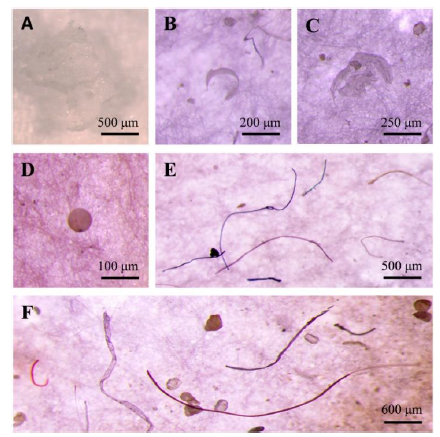The occurrence and consequences of microplastics and nanoplastics in fish gastrointestinal tract
Main Article Content
Abstract
Many recent researches have been conducted on the contamination of microplastics and nanoplastics in the marine environment, focusing on the incidence of these elements ingested by fish. Numerous fish species have been found to contain microplastics and nanoplastics in their gastrointestinal tracts. This is a cause for concern when these fish are consumed by humans where > 20% of food consumption by 1.4 billion people representing 19% of the global population, is seafood. The aim of this paper is to emphasize the occurrences and implications of microplastic and nanoplastic bioaccumulation and biomagnification in fish species. This paper will review findings on how the concentration of microplastics and nanoplastics in fish gastrointestinal tracts have detrimental influences on the fish, other animals, and humans. Past studies have found that there are 37 species of fish having microplastics and nanoplastics in their gastrointestinal tracks. These contaminated fish species are found to be distributed in a broad geographical area ranging from the Adriatic Sea and Baltic Sea to Tokyo Bay. The bioaccumulation, and biomagnification of microplastic and nanoplastics, toxins and chemical leaching of plastic additives have high potential health consequences on consumers in higher trophic levels. Examples of findings include microplastic accumulation of polystyrene in the liver and intestines of fish may cause liver toxicity, inflammation and lipid accumulation, oxidative stress and alterations in metabolic profiles as well as disturbance of lipid and energy metabolism in humans. Exposure to microplastics in water and food can affect the hatching performance of fish eggs and result in histopathological alteration of the intestinal and hepatic tissues of fish. Microplastics can induce liver stress, distal bowel changes and minimize individual predator reaction in fish.

